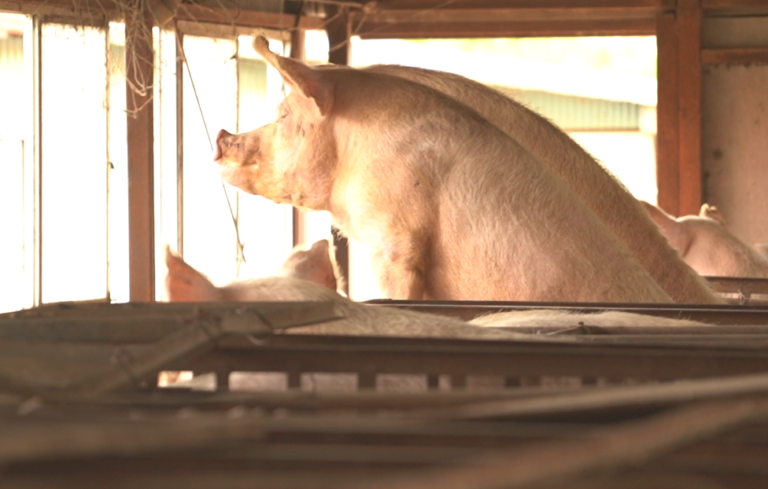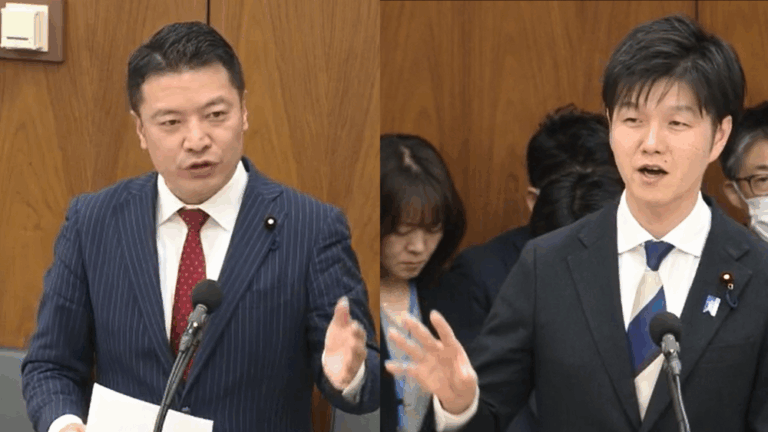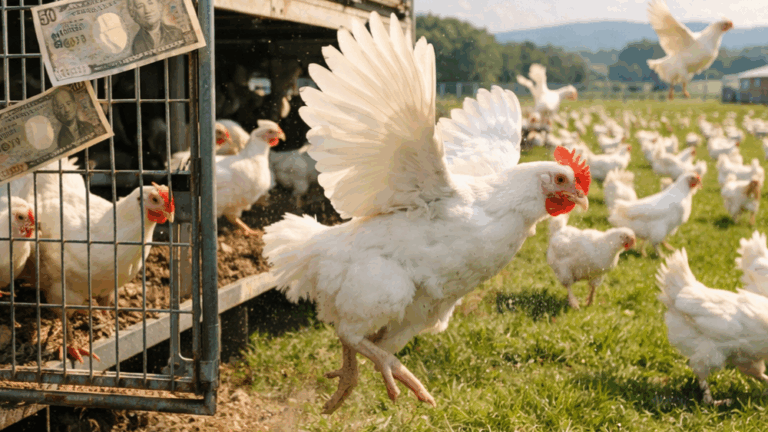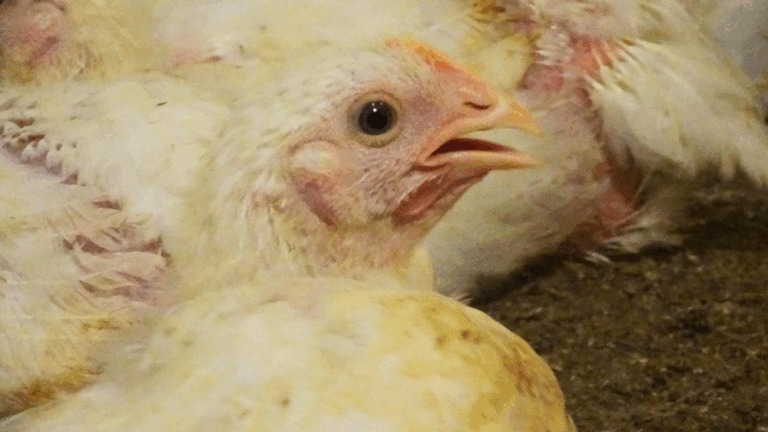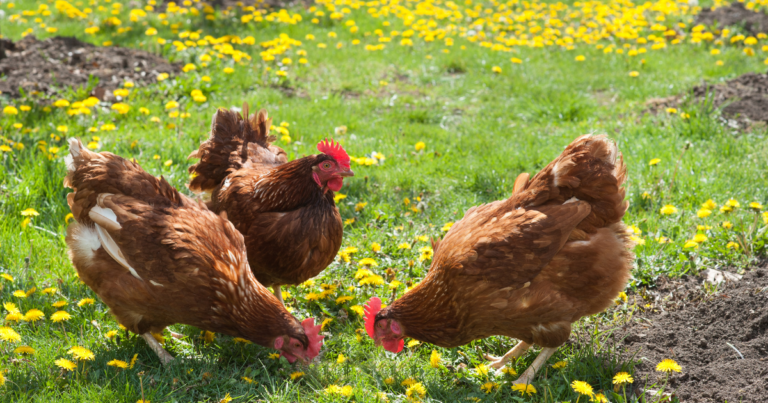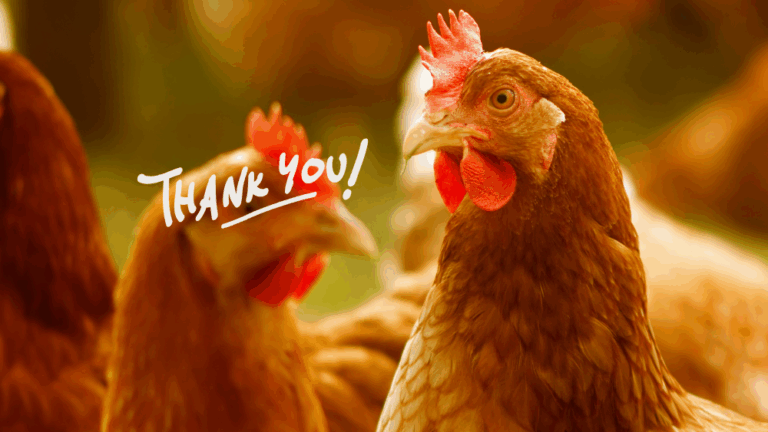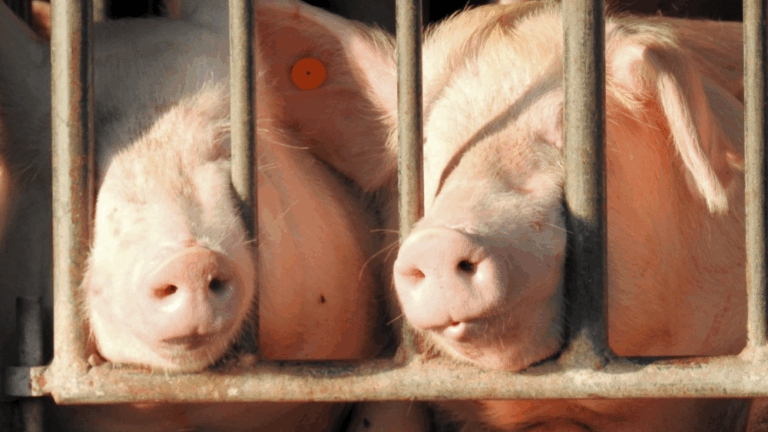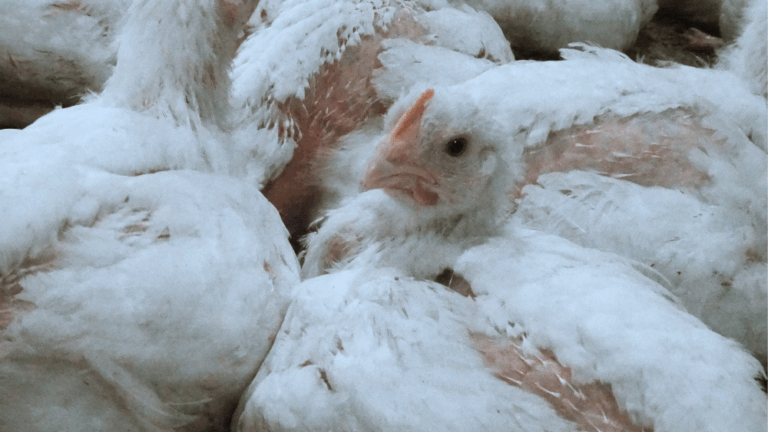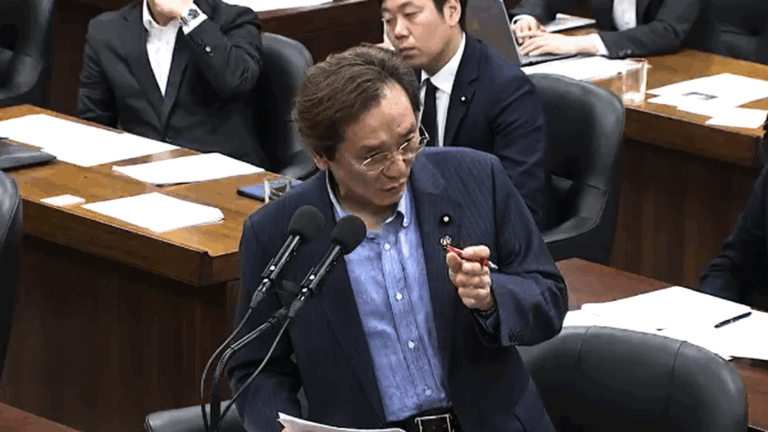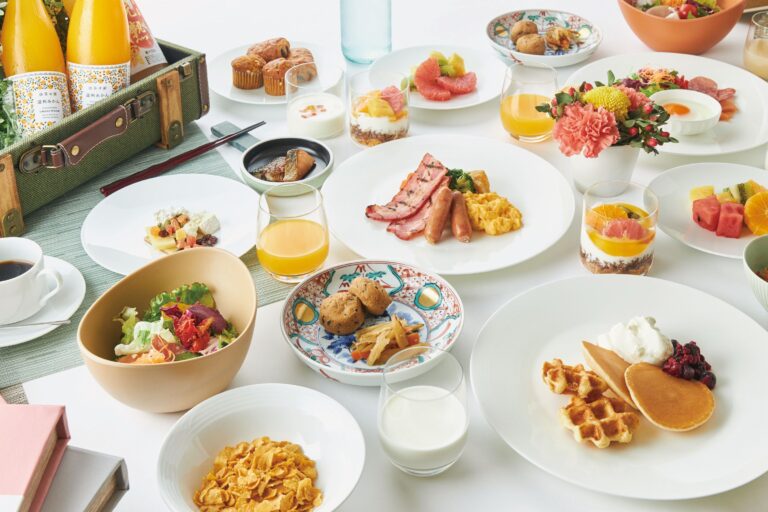The initiative began with a co-op.
Ltd., which focuses on stall-free rearing of sows, the Animal Rights Center came to know Nanasei Foods through the efforts of Coop Shizenha, which was one of the first to introduce animal welfare in the Kansai-Shikoku region. One of the first agricultural issues that Coop Shizenha aimed to address was the problem of pesticides. A visible indicator of this was the observation of the ecosystem of local insects and wild birds, which led to the question of how the local livestock animals were being raised. Furthermore, stimulated by the new European trend in animal husbandry, animal welfare became a major pillar of Coop Naturalist’s efforts.
As a partner in putting this into practice, we turned our attention to Nanasei Foods. At the time, Nanasei Foods was also trying to catch on to the European trend of animal welfare and was about to start stall-free sow rearing. Nanasei Foods had two old breeding piggeries and was preparing to convert one of them to stall-free piggery. At the time, stall-free piggeries were expected to be more expensive to build and operate than stall barns, and there were doubts about whether consumers would really buy meat from stall-free sows, which would have to be sold at a slightly higher price. So, Nanasei Foods checked with Coop Natural over and over again.
You’re sure, aren’t you? You’ll get the consumer to buy it, right?”
Coop Shizenha tried to respond to the concerns of its members by tirelessly communicating with them. We have filed a complaint against Nanasei Foods
‘Our next transmission to our members will be on the subject of animal welfare. Do you have any pictures like this about it?”
Co-op Natural Hakuhodo repeatedly reported on Nanasei Foods’ pig farming with easy-to-understand photos, and the animal welfare values of Nanasei Foods became widespread among its members. The members began to want to participate in the animal welfare movement promoted by Co-op Shizen-Ha’s highly conscious members in the form of consumption.
What is the Producer Mindset Beyond the Difficult Challenges of Stall-Free Pork?
However, sow stall-free pig farming presents one difficult business challenge. That is the difference in price between stall-free and non-stall-free pork, even though there is no change in taste. The Qinxing Foods fattening (meat pig) facility has elements that differentiate it from others, such as biobeds and the area per pig, which clearly show the difference in quality, and it has been highly evaluated by consumers. However, changing the environment of sows from cramped stalls to stall-free facilities where they can move freely does not bring about a change in product value that can be seen and eaten. Mr. Kaifu of the Production Division explains the difference between stalls and stall-free
It doesn’t mean that reproductive performance will change. In other words, the number of piglets born does not change just because they are stall-free. But if that is the case, I think stall-free is better. If the results are the same, I think stall-free is better. We have both stall and stall-free piggeries, and when I compare the two, I feel sorry for the sows in the small stalls. They can only move about 20 centimeters in front and behind. They cannot move sideways.
The rewarding part of the job of raising pigs is not the number of pigs. I guess you could call it playing with pigs. The stall-free piggery is where you can play with the pigs. Pigs have always had a good sense of smell, and they recognize each and every one of their keepers. Sows, in particular, have been raised for a long time, and they miss each other a lot. That is the happiness of the work of breeding management. But the sows in the (pregnant) stall piggery feel like machines. I want to see them as pigs. But they still sense human smells, so they get used to it and play with it. But in a stall-free piggery, I enjoy the same rearing. Happiness for the producer. Producers’ joy. There are many young people who come into our industry because they like animals, so it makes a big difference in terms of satisfaction. They want a job where they can play with pigs, so stall-free makes it easier for them to continue working. In the end, I think the value of stall-free rearing is that producers find it enjoyable.
To paraphrase Mr. Kaifu’s words, it all boils down to the sustainability of the pig farming business. The biggest problem in livestock farming today is the shortage of workers, and there is no end to the number of farms that are closing due to business difficulties. Mr. Kaifu says that the biggest key to overcoming this problem is to make stalls stall-free. Stall-free sows are the key to changing the negative mindset of pig farmers, who tend to think of pig farming as hard and arduous work, to one in which pig farming is hard but fun, and they are happy to be able to care for pigs. Mr. Kaifu says
Stall-free sows have their upsides and downsides, such as leg injuries and fights.”
He also says that Many pig producers who are not yet involved in stall-free operations are concerned about this point, and Kaifu-san cares for his pigs on a daily basis, aware that this is a cautionary tale about stall-free rearing. That is why.
Training of employees is important. They learn what to watch out for, where to look, and how to do their jobs well.”
Stall-free going forward. A management representative expressing concern
When Nippon Ham declared itself story-free in 2021, Mr. Kaifu said he thought, “The tide has turned.
But we were the pioneers. We decided to go our own way, not to compete.”
This year, Nanasei Foods will take a new first step. It will begin rebuilding its other stall piggery to be stall-free. Mr. Oi of the Management Division has some concerns about this.
We have the Awa Farm and the Sanuki Farm. The Awa Farm is already stall-free, and this year we will start construction to make the Sanuki Farm stall-free. We plan to install the same equipment as at Awa Farm. However, we cannot switch to stall-free pigs all at once because we also produce Kagawa specialty pigs. There is a price problem. That is why Sanuki City is rebuilding in stages. Furthermore, there is the problem of the rising cost of construction materials and the shortage of construction workers, so at the moment we do not know when the project will be completed. We keep getting estimates, problems arise, we get estimates again, and so on. But in the end, everything will be stall-free.”
There was a slight difference in the reception to complete stall-free by the production manager and the management manager who were interviewed by the Animal Rights Center. The production manager’s voice is only strong, upbeat, and hopeful. In contrast, the voice of the administrative manager is cautious, chooses his words carefully, worries about the future of the business, but is still determined to move forward in the pursuit of animal welfare. This is a very interesting difference, and the expression in their voices shows us the current sow stall-free situation. A bright future for producers layered on a future where sows are happy. On the other hand, there is a vague anxiety about the current Japanese economy, which continues to deteriorate. While things are going well for Nanasei, for most other pig producers, there is also the concern about the sales of stall-free pork.
In response to this point, Mr. Oi of the Administration Division analyzed the situation as follows.
In Europe, when they tried to do animal welfare, at first they could only do fattening. But then it was expanded to breeding (sow stall-free), and now it is also being expanded to transportation. We would like to follow this trend. Once all the buildings are animal welfare, we would like to realize animal welfare not only in Europe, but also in Japan by incorporating the ideas of the Japanese Ministry of Agriculture, Forestry and Fisheries. If you ask whether ordinary farmers can do that now, there may not be many places that can. That is why, once we become completely stall-free, we would like to incorporate MAFF’s efforts. If we can become the standard for stall-free farming in Japan, it will help to dispel some of the concerns about business management.”
The true intention of producers who “want to do animal welfare.
Finally, I asked a bit of a nasty question.
-What do you think would have happened to the animal welfare of Nanasei Foods if it had not been for the existence of Coop Natural?
The person who answered this question was also Mr. Kaifu of the Production Division.
I think we would have done animal welfare even without the ……corp-naturalist. In any case, Animal Welfare came to Japan from Europe when we were thinking of doing something new. I wanted to do stall-free, so if it hadn’t been for Coop Naturals, I would have been looking hard for a retailer myself who could supply stall-free pork.”
Needless to say, the Animal Rights Center was thrilled to hear that answer. We want to do animal welfare. We want to be stall-free. It seems that the key to stall-free Japan lies in the pursuit of “satisfaction” that workers naturally seek.


